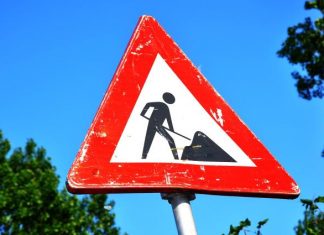 Dirty talk: CCF Victoria’s Wayne Huntley, EPA Victoria’s Myles Whelan and Barwon Regional Waste Management Group’s John Burgess and Enzo Bruscella at the forum.
Dirty talk: CCF Victoria’s Wayne Huntley, EPA Victoria’s Myles Whelan and Barwon Regional Waste Management Group’s John Burgess and Enzo Bruscella at the forum.
By John Van Klaveren
EXCESS soil from the region’s housing developments is now half the material going into the region’s landfills, a forum heard this week.
Barwon Region Waste Management Group head Enzo Bruscella said the developments were producing at least 400,000 cubic metres of soil a year, or enough to fill 160 Olympic-size swimming pools.
“That’s a conservative estimate. Anecdotal evidence suggests the soil volumes are much greater,” Mr Bruscella said.
“We discovered that half of the material going to local landfill is soil.”
Mr Bruscella said the flow of soil to landfill would only increase with development of sites such as Armstrong Creek.
The waste management group’s forum was intended to provide guidelines on soil management for the earthmoving and construction industries, he said.
“The region is one of Victoria’s key urban growth corridors, so we need to closely manage soil and fill.
“The potential exists for soils from many of the new developments to be used for the rehabilitation of degraded land.”
Mr Bruscella said most of the soil movement was managed in arrangement with private landowners.
“There’s some evidence to suggest this may not be managed in accordance with regulatory requirements.”
Mr Bruscella said the region also had many holes and old quarries where fill material was needed.
“There’s an opportunity for us to match supply and demand between those excavating soil and those requiring it.”
Mr Bruscella said continued development would mean the volume of excess soil would only increase.
“It’s useful to get all key soil management stakeholders together to identify the issues and potential soil management sites in the region.
“This will save on landfill levy, save in transportation costs and save space in our landfills. There’s also an opportunity for sand, aggregates or topsoil to be screened out and sold.”
Mr Bruscella said contaminated soils would continue to be disposed of in landfills.







